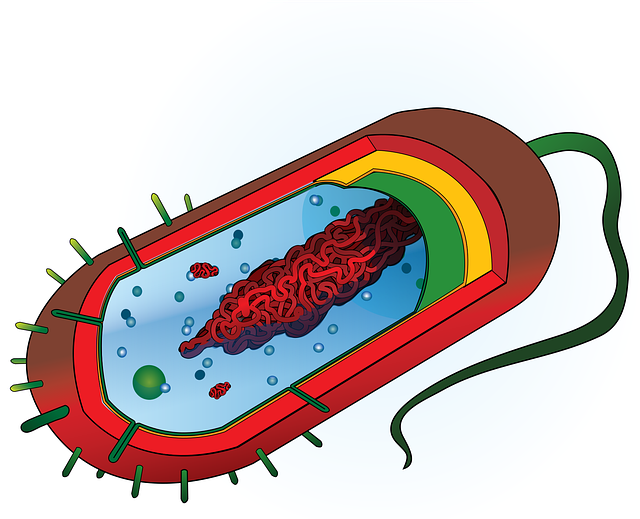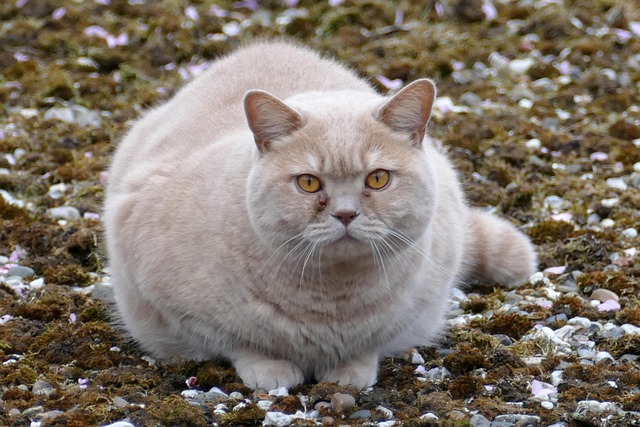Fat freezing, or cryolipolysis, is a non-invasive body contouring technique using cold temperatures to target and freeze fat cells without damaging surrounding tissues. Advanced cooling technologies offer precise control, making it a safe alternative to liposuction for reducing stubborn fat deposits in areas like the abdomen, thighs, and buttocks. Ideal candidates have a healthy BMI and commit to a balanced lifestyle. Qualified healthcare providers assess suitability based on skin thickness, subcutaneous fat, and health status.
“Discover the revolutionary world of safe and non-invasive fat freezing, a game-changer in body contouring. This advanced technology promises slimmer, smoother results without surgery or downtime. We explore how it selectively targets and freezes fat cells, offering benefits like non-surgical body shaping.
Learn about its impressive safety profile, ideal candidates, and the science behind its effectiveness. Uncover why fat freezing is a popular choice for those seeking targeted fat reduction, delivering remarkable outcomes with minimal risks.”
Understanding Fat Freezing Technology

Fat freezing technology, also known as cryolipolysis, is a non-invasive procedure designed to eliminate fat cells. This advanced treatment uses controlled cold exposure to target and crystallize fat within specific areas of the body. Once frozen, these fat cells die and are subsequently cleared from the body by the lymphatic system over several weeks. The process involves specialized equipment that applies cooling energy to targeted regions, allowing for precise and safe reduction of unwanted fat deposits.
This innovative approach offers a less invasive alternative to traditional liposuction methods. By selectively freezing fat cells, it promotes localized fat reduction without damaging surrounding tissues or requiring incisions. With its ability to target problem areas such as the abdomen, flanks, and thighs, fat freezing technology has gained popularity for those seeking body contouring without extensive recovery periods often associated with surgical procedures.
How Does It Selectively Target Fat Cells?

Safe and Non-Invasive Fat Freezing techniques have revolutionized body contouring by selectively targeting and freezing fat cells. This process leverages advanced cooling technologies to disrupt the cellular membranes of adipocytes (fat cells) without harming other tissues. By lowering the temperature to sub-zero levels, these devices crystallize fat, effectively deactivating them. Once frozen, the damaged fat cells are then naturally eliminated from the body by the lymphatic system over several weeks.
The selectivity is achieved through precise control of cooling rates and duration, ensuring that only fat cells are affected. This targeted approach allows for the elimination of stubborn fat deposits in specific areas like the abdomen, thighs, or buttocks, providing a non-surgical alternative to liposuction. Moreover, as it’s a non-invasive procedure, there’s minimal downtime, making it an attractive option for individuals seeking body shaping without incisions or extensive recovery periods.
Benefits: Non-Surgical Body Contouring

Non-surgical body contouring is one of the key benefits of safe and non-invasive fat freezing procedures. This innovative approach to weight management offers a multitude of advantages over traditional surgical options. By targeting and freezing specific fat cells, this method provides a precise way to reduce stubborn fat deposits without incisions or extensive recovery periods.
It’s a game-changer for individuals seeking body shaping without the risks associated with surgery. The process is relatively painless, non-disruptive to daily life, and offers significant aesthetic improvements. Freeze Fat Cells technology allows for the selective destruction of adipose tissue, leading to visible fat reduction in problem areas like the abdomen, hips, thighs, and arms. This technique promotes a slimmer, more contoured silhouette, enhancing overall body confidence.
Safety Profile: Minimizing Risks and Side Effects

Safe and Non-Invasive Fat Freezing offers a promising solution for those seeking to reduce unwanted fat cells. One of its key advantages lies in its comprehensive safety profile, designed to minimize risks and side effects commonly associated with more invasive procedures. This innovative technology harnesses the power of cryolipolysis, meticulously targeting and freezing specific fat cells without damaging surrounding tissues.
By carefully controlling the cooling process, the procedure ensures the safe destruction of targeted fat cells over time. The body’s natural metabolic processes then take over, eliminating these cells through the lymphatic system. This approach significantly reduces the likelihood of adverse reactions, making it an attractive alternative for individuals conscious of potential complications.
Who Is a Suitable Candidate for Fat Freezing?

Fat freezing, or cryolipolysis, is a non-surgical procedure that targets and freezes unwanted fat cells. It’s suitable for individuals with localized fat deposits who maintain a healthy weight but have areas of stubborn fat. This could include people who may have tried diet and exercise without significant results in specific problem areas like the belly, love handles, or thighs.
Ideal candidates typically have a body mass index (BMI) within the healthy range and are committed to maintaining a balanced lifestyle. It’s essential to consult with a qualified healthcare provider to determine if fat freezing is an appropriate solution for your specific concerns and health history. They can assess your qualifications by considering factors such as skin thickness, the amount of subcutaneous fat, and overall health status to ensure safe and effective freeze fat cells treatment.
The Science Behind Effective Results

The science behind safe and effective fat freezing involves a targeted approach to eliminating unwanted fat cells. This non-invasive procedure utilizes cold temperatures to induce a process known as cryolipolysis, which selectively targets and freezes adipose (fat) cells. When fat cells are exposed to sub-zero temperatures, they become damaged and eventually die off, leading to reduced fat deposits in the treated areas.
The key to successful fat freezing lies in precise temperature control and targeted application. Modern devices use advanced cooling technologies to ensure that only the fat cells are affected, minimizing damage to surrounding skin, tissues, and nerve endings. This selective process is crucial in achieving desired results without causing discomfort or long-term side effects commonly associated with more invasive procedures.
